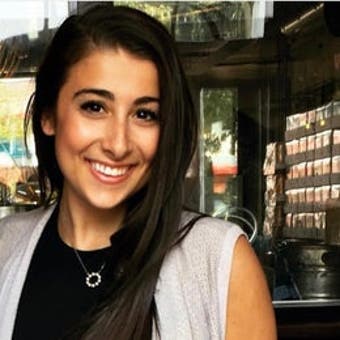Kristin Smart prosecutors have a decent case without a body: Attorney
Criminal defense attorney Mark Eiglarsh analyzes the Kristin Smart murder case and explains what may happen as the trial resumes.
An expert testifying at trial for the men accused in the disappearance and death of California college student Kristin Smart described discovering a six-foot-long "anomaly" in the underground area on one of the suspect’s properties, according to reports.
Kristin Smart was a 19-year-old college student at California Polytechnic State University in 1996 when she vanished after an off-campus party, investigators have said. More than 26 years later, Flores – the man who was last seen with Smart – and his father, are standing trial on charges related to her presumed death.
Paul Flores, now 45, has been charged with Smart’s murder. Ruben Flores, his 81-year-old father, was charged with acting as an accessory after the fact for allegedly helping his son hide her body.
Prosectuors allege Ruben Flores helped his son bury Smart’s body under the deck of his Arroyo Grande home – and then later removed and relocated her remains when law enforcement returned decades later.
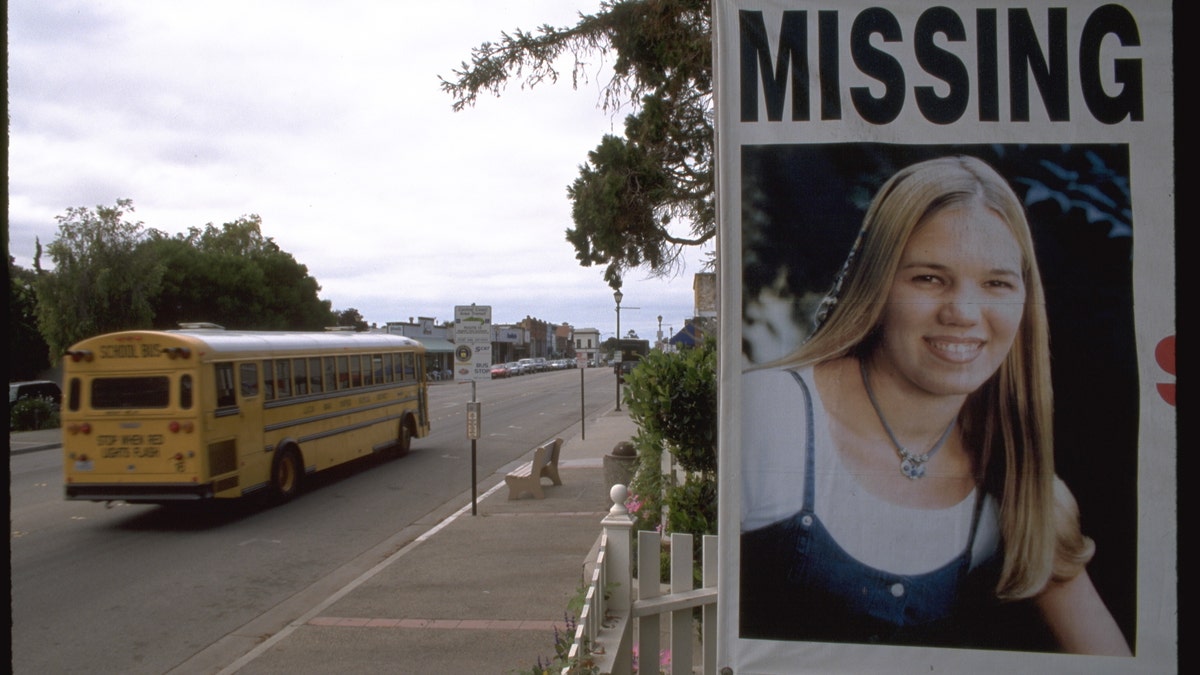
Kristin Smart went missing on May 25, 1996 while attending California Polytechnic State University, San Luis Obispo and has not been heard from since. (Photo by Axel Koester/Sygma via Getty Images)
As part of their efforts, investigators enlisted the help of archeologist Phil Hanes and his ground-penetrating radar, or GPR, technology. Hanes, who has focused his work on ground penetrating radar for the past decade and a half, testified about his findings on Wednesday, according to reports from inside the courtroom.
The trial proceedings are not being televised or live-streamed, pursuant to a judge’s ruling. A handful of journalists — including the person behind the "Your Own Backyard" (YOB) Podcast that is credited with renewing interest in the case — have been reporting from inside the courtroom amid the media limitations.
Hanes described how the GPR technology transmits "waves into the ground, and it measures the time it takes for the wave to return," according to YOB Podcast tweets.
"That tells you where things are not uniform with the surroundings, and helps you find anomalies or voids," Hanes reportedly went on. "Soil becomes more dense over time. When soil has been excavated, air is introduced, which shows up differently in the data. You see a series of lines across the screen called a radiogram. Once you encounter an anomaly, the lines will form a parabola."
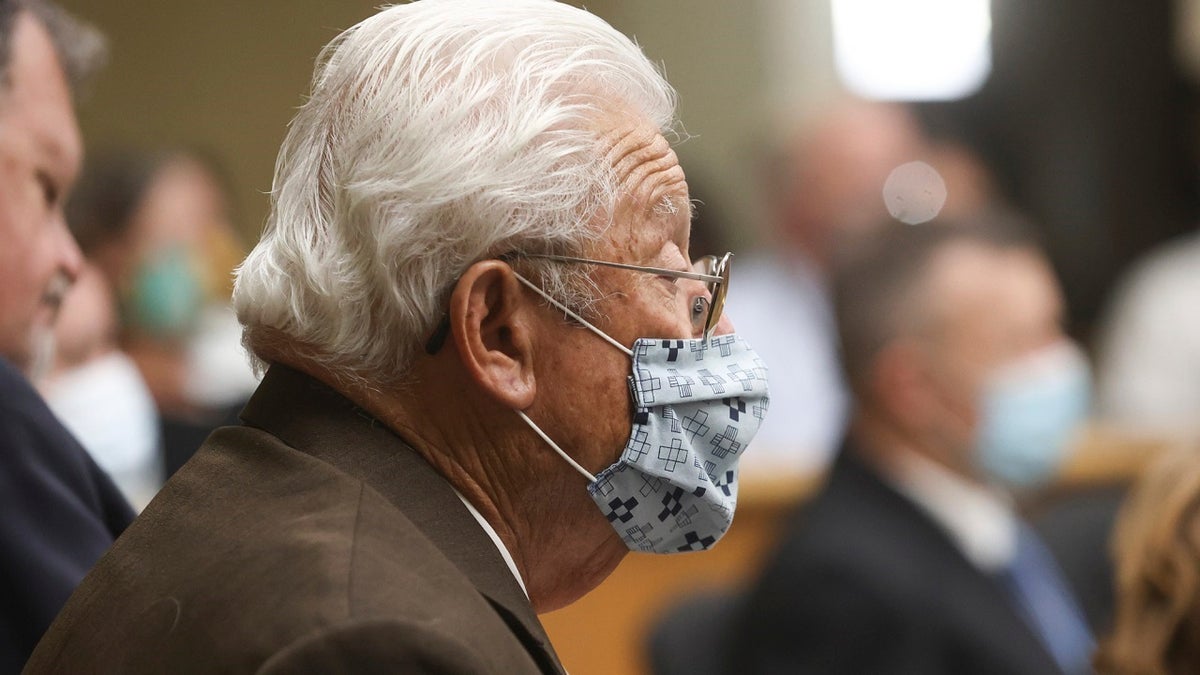
Ruben Flores, father of Paul Flores, sits in court Monday, Aug. 2, 2021, in San Luis Obispo, Calif. Kristin Smart disappeared during her freshman year at California Polytechnic State University in San Luis Obispo more than 25 years ago. (David Middlecamp/The Tribune (of San Luis Obispo) via AP, Pool,File)
Hanes said he is able to search up to eight feet below the ground, and has recovered "quite a few" human bodies, according to the report.
He conducted a search at Ruben Flores’ property on Tally Ho Road in Arroyo Grande, and analyzed 11 grids throughout the property. From there, suggested four of those portions of land be excavated, according to the report.
EXAMINING CALIFORNIA'S KRISTIN SMART TRIAL: THE ANATOMY OF A CASE WITH NO BODY
"The very end of Grid 1 contained a very large anomaly that fit dimensions that seemed the most promising. It showed a surface disturbance down to the anomaly," Hanes told the court. "The size and depth fit the size of a clandestine burial."
Asked if the "anomaly" was "consistent with other burials" he had encountered in his career, he responded, yes, and added that it was "6 feet by 4 feet, with a depth down to 4 feet," the report states.
He described how certain portions of Grid 1 showed "heavy disturbance."
Under cross-examination, Hanes said he had been involved in between 10 and 15 law enforcement investigations. He said his data was approximate "within eight inches or so."
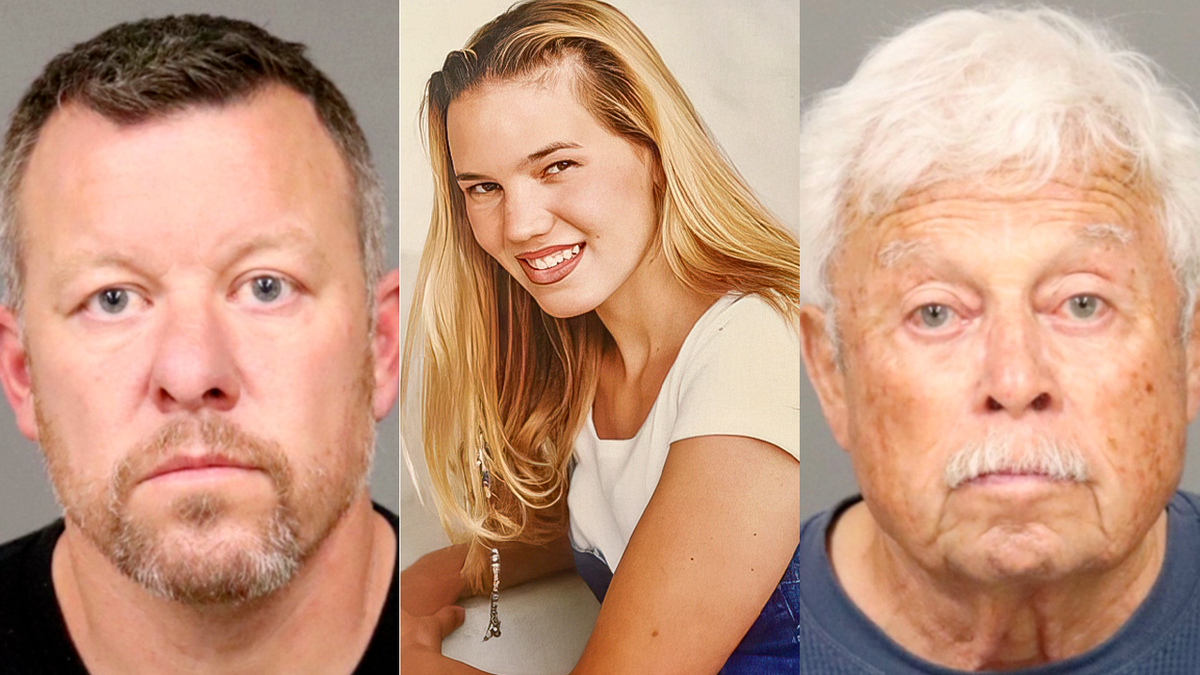
This undated photo released by the FBI shows Kristin Smart, the California Polytechnic State University, San Luis Obispo student who disappeared in 1996. (FBI via AP, File)
When asked if there was any way to know when the dirt was removed and redeposited, he said, "No," according to the YOB Podcast.
CLICK HERE TO LISTEN TO TRUE CRIME PODCASTS FROM FOX NEWS
Smart was a student at Cal Poly’s San Luis Obispo campus in 1996 when she was allegedly heavily intoxicated, with Paul Flores, after an off-campus party on Crandall Way. She was walked back from the party by three people — two people, a man and woman, and Flores. The others slowly peeled off after Flores allegedly insisted multiple times that he could get Smart home safely.
She was never seen again.
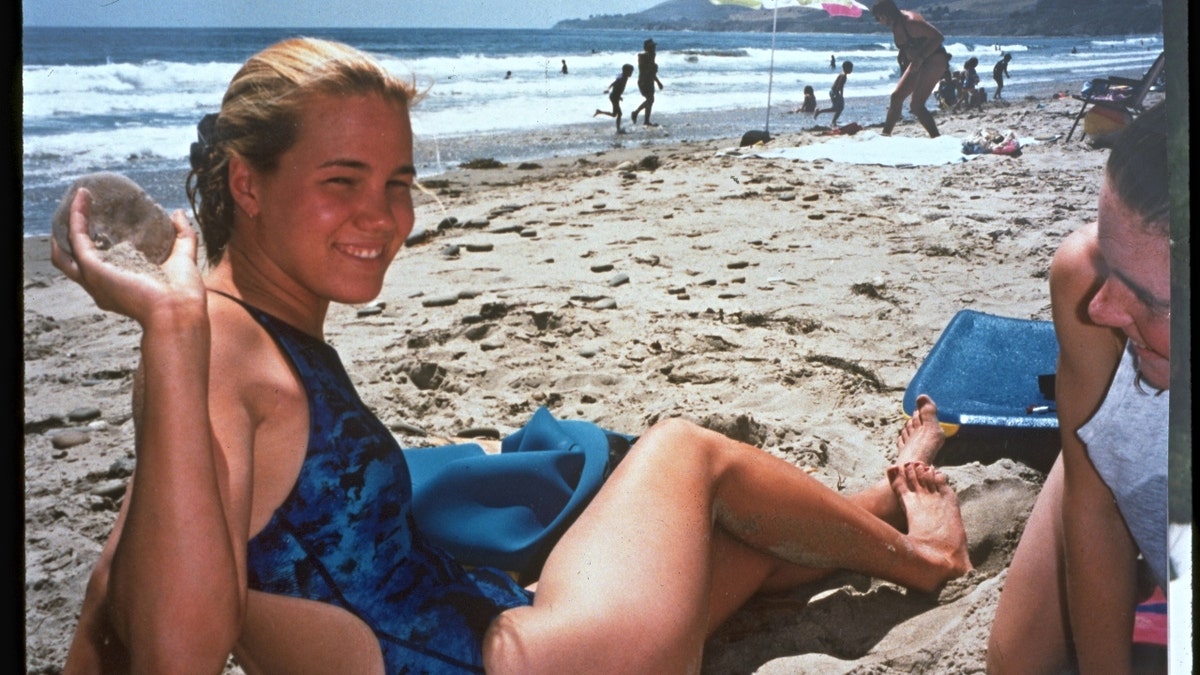
Kristin Smart went missing on May 25, 1996 while attending California Polytechnic State University, San Luis Obispo and has not been heard from since. ( Axel Koester/Sygma via Getty Images)
The state has said Flores killed Smart in his dorm room while he tried to rape her when they were both freshmen. The disappearance prompted a massive search.
CLICK HERE TO GET THE FOX NEWS APP
Dual juries were selected from a pool of more than 1,500 Monterey County residents to oversee each case separately but simultaneously. The trial is expected to last months.
